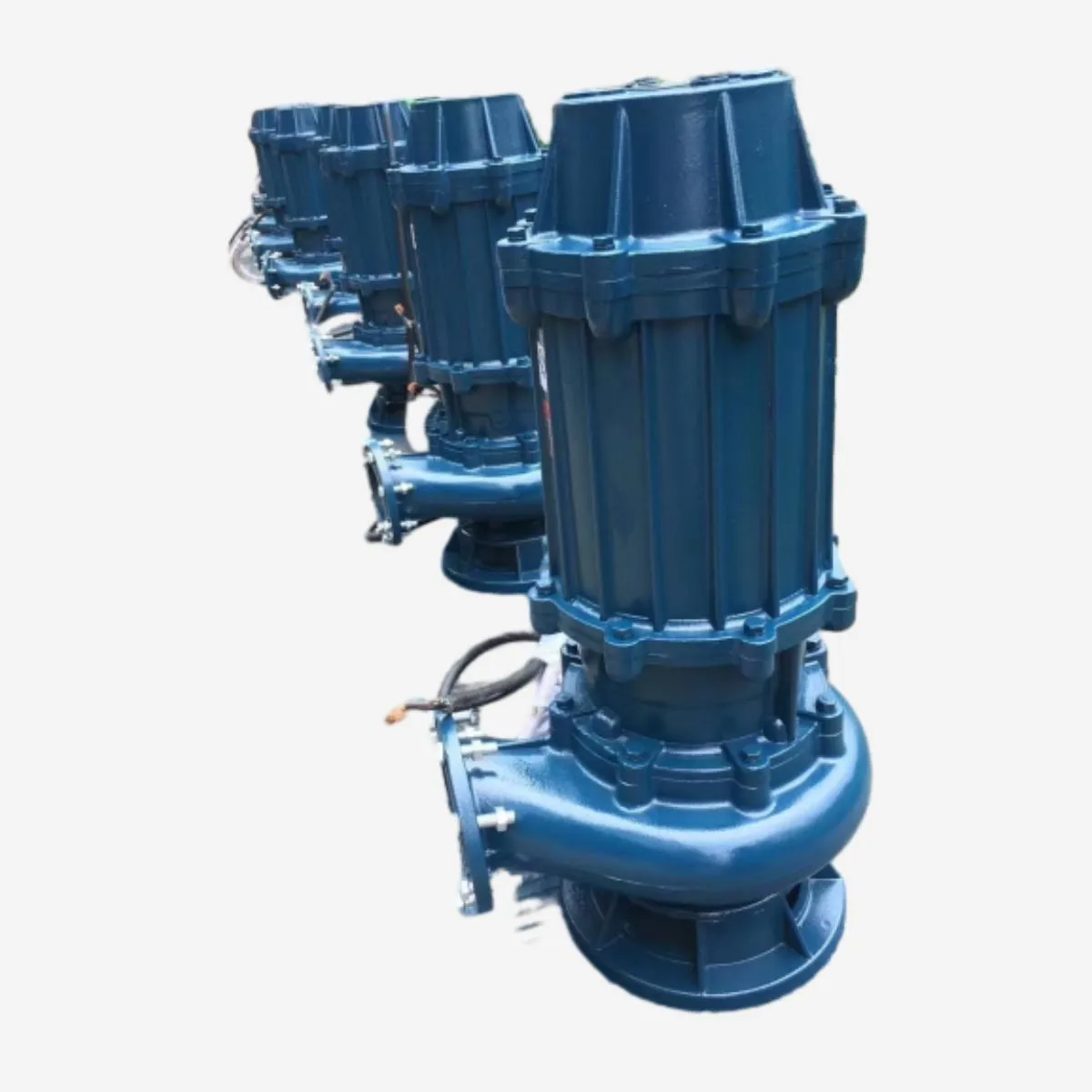Khmer
- Afrikaans
- Albanian
- Amharic
- Arabic
- Armenian
- Azerbaijani
- Basque
- Belarusian
- Bengali
- Bosnian
- Bulgarian
- Catalan
- Cebuano
- Corsican
- Croatian
- Czech
- Danish
- Dutch
- English
- Esperanto
- Estonian
- Finnish
- French
- Frisian
- Galician
- Georgian
- German
- Greek
- Gujarati
- Haitian Creole
- hausa
- hawaiian
- Hebrew
- Hindi
- Miao
- Hungarian
- Icelandic
- igbo
- Indonesian
- irish
- Italian
- Japanese
- Javanese
- Kannada
- kazakh
- Khmer
- Rwandese
- Korean
- Kurdish
- Kyrgyz
- Lao
- Latin
- Latvian
- Lithuanian
- Luxembourgish
- Macedonian
- Malgashi
- Malay
- Malayalam
- Maltese
- Maori
- Marathi
- Mongolian
- Myanmar
- Nepali
- Norwegian
- Norwegian
- Occitan
- Pashto
- Persian
- Polish
- Portuguese
- Punjabi
- Romanian
- Russian
- Samoan
- Scottish Gaelic
- Serbian
- Sesotho
- Shona
- Sindhi
- Sinhala
- Slovak
- Slovenian
- Somali
- Spanish
- Sundanese
- Swahili
- Swedish
- Tagalog
- Tajik
- Tamil
- Tatar
- Telugu
- Thai
- Turkish
- Turkmen
- Ukrainian
- Urdu
- Uighur
- Uzbek
- Vietnamese
- Welsh
- Bantu
- Yiddish
- Yoruba
- Zulu
Telephone: +86 13120555503
Email: frank@cypump.com
ធ្នូ . 10, 2024 20:21 Back to list
Centrifugal Pump Applications for Efficient Slurry Transport and Management Techniques
Slurry Transport Using Centrifugal Pumps
Centrifugal pumps are widely recognized for their effectiveness in transporting various fluids, including slurries, which consist of solid particles suspended in liquids
. This article explores the mechanics of using centrifugal pumps for slurry transport, the challenges involved, and the factors influencing their efficiency.Slurries are commonly found in industries such as mining, wastewater treatment, and food processing. The transportation of slurries poses unique challenges due to the nature of the material being moved. The solid content within the slurry can vary significantly, affecting viscosity and density, which in turn influence the pump's performance.
Centrifugal pumps operate on the principle of converting rotational energy, typically from an electric motor, into hydraulic energy. The pump impeller rotates, pushing the slurry outward, creating a pressure differential that facilitates the movement of the fluid through the pump casing and into the discharge pipe. This design allows for efficient movement of slurries over considerable distances and through complex piping systems.
One of the main advantages of using centrifugal pumps for slurry transport is their ability to handle a wide range of flow rates and pressures. They can be designed to accommodate slurries with varying concentrations of solids, making them versatile for different industrial applications. Furthermore, centrifugal pumps are generally easier to maintain and operate compared to positive displacement pumps, particularly at higher flow rates.
slurry transport using centrifugal pumps

However, several challenges must be addressed when using centrifugal pumps for slurry transport. One significant issue is the wear and tear on pump components due to the abrasive nature of solid particles. The interaction between the slurry and the pump parts can lead to erosion and damage over time, necessitating regular maintenance and the use of durable materials such as rubber-lined, ceramic-coated, or hardened steel components.
Another critical factor influencing the performance of centrifugal pumps in slurry transport is the pump's NPSH (Net Positive Suction Head) requirements. Slurries typically have a lower NPSH compared to water, and if the NPSH available is less than the NPSH required by the pump, cavitation can occur. Cavitation can severely damage the pump and impede its operation. Therefore, it is essential to design the piping system to provide adequate NPSH and minimize pressure losses.
The properties of the slurry itself are also vital considerations. The concentration of solids, particle size distribution, and the viscosity of the slurry can significantly impact the pump's efficiency. For instance, highly viscous slurries may require higher energy input to maintain flow, and pumps need to be selected and operated accordingly. Additionally, the presence of larger or irregularly shaped particles can cause blockages and reduce the overall efficiency of the pump.
To optimize slurry transport using centrifugal pumps, proper sizing and selection of the pump are crucial. Engineers often use specific calculations and modeling tools to simulate the behavior of slurries in the system, allowing for more informed decisions regarding pump type, impeller design, and operational parameters. Regular monitoring of the system helps in early identification of potential issues, ensuring a more reliable and efficient operation.
In conclusion, centrifugal pumps play a pivotal role in the transport of slurries across various industries. While they offer numerous advantages, the challenges associated with slurry transport must be carefully managed to ensure optimal performance. By understanding the dynamics of slurry behavior and implementing best practices in pump selection and maintenance, industries can effectively harness the benefits of centrifugal pumps for their specific applications.
-
High-Performance Air Pumps for Sand & Gravel | Efficient Transport
NewsAug.03,2025
-
ISG Series Vertical Pipeline Pump - Chi Yuan Pumps Co., LTD.|Energy Efficiency, Corrosion Resistance
NewsAug.03,2025
-
ISG Series Pipeline Pump - Chi Yuan Pumps | Energy Efficiency&Compact Design
NewsAug.03,2025
-
ISG Series Vertical Pipeline Pump - Chi Yuan Pumps Co., LTD.|High Efficiency, Low Noise, Durable
NewsAug.02,2025
-
ISG Series Vertical Pipeline Pump - Chi Yuan Pumps | High Efficiency, Low Noise
NewsAug.02,2025
-
ISG Series Vertical Pipeline Pump- Chi Yuan Pumps Co., LTD.|High Efficiency&Compact Design
NewsAug.02,2025










